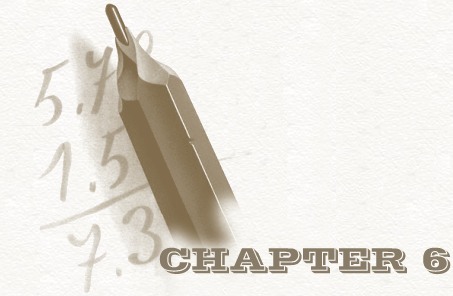Under this head manifestly come all the means and appliances of mental, social and moral culture.
First in fact and first in importance are our schools--secular and sacred. On this subject we have no mean record. The first item is the minute of a public school meeting held March 5th 1860 in the American Hotel, at which J. Rickly, M. Weaver and G. W. Stevens were elected a school board. On the 10th these three drew lots for the short, middle and long term of office and took the oath of office of which is in these words:
"Sworn to and subscribed in the present of each other," showing how scrupulously conscientious men were in those pure primitive days: when they could swear to no greater they swore to themselves.
On the 10th of Dec. 1860, the town board made a present of the old Company house to the district for a school house. It was that same log house with grass roof of which I have spoken and which stood on the Bremer Brewery Block. Its educational honors were brief, for on the 23rd of March following it was sold to Chas. A. Speice for $20.25 and at a later date converted to stovewood. The first school order ever drawn was to G. W. Stevens for $67.45 for teaching at $1 per day.
The school records of these days bring but few names to the surface. The reason is plain. For reasons best known to themselves, Becker, Stillman, Guter, Browner, Reinke and others were in these days a set of incorrigible bachelors, though in later times they repented and are now bringing forth works meet for repentance.
Stevens was a teacher and the Ricklys, Weavers, Wolfels and Ernsts were the pupils. From out the town there were also some active learners, among them the Barnums from over the river and the Hayses "from the creek over." It is well remembered that George was an enthusiast though not a fanatic, on school matters, in those days, and it is well known that he still holds his own in that regard, unchangeably the same when he lived on parched corn and walked three miles to school, then, and when he eats straw-berries and cream and rides in a buggy now.
To this general subject pertain also the Press for they are instruments are as well as criteria of the intelligence and enterprise of a people. The first paper published in the county was the Columbus Golden Age, by C. C. Strawn, editor and proprietor, commencing June 21, 1866, and ending with its 12th number. It died, not so much of starvation as of mortgage. Next came the Platte Valley Journal, by O. T. B. Williams. It was maintained one year, and was followed by the Columbus Journal, by M. K. Turner & Co., whose first number bears date May 11, 1870.
In the month of February, 1874, dawned on our field under the proprietary and editorial management of W. N. Hensley, the Columbus Era. In May, 1875, the Columbus Republican sailed out on the sea of News, under the captaincy of Frank P. Burgess.
The Journal and Republican are in politics Republican; the Era Democratic.



